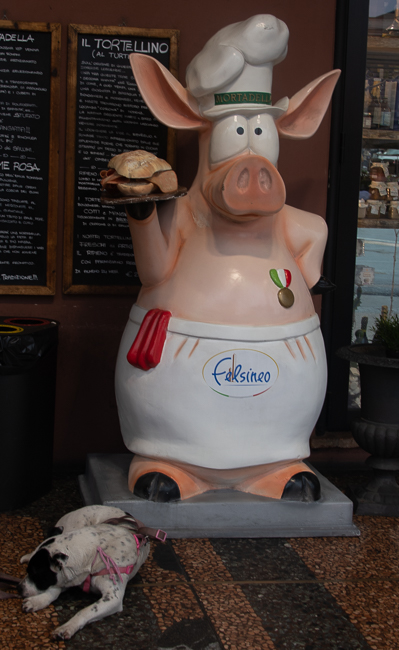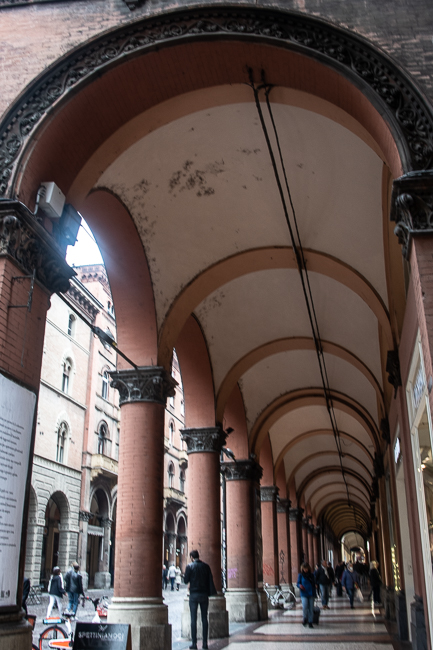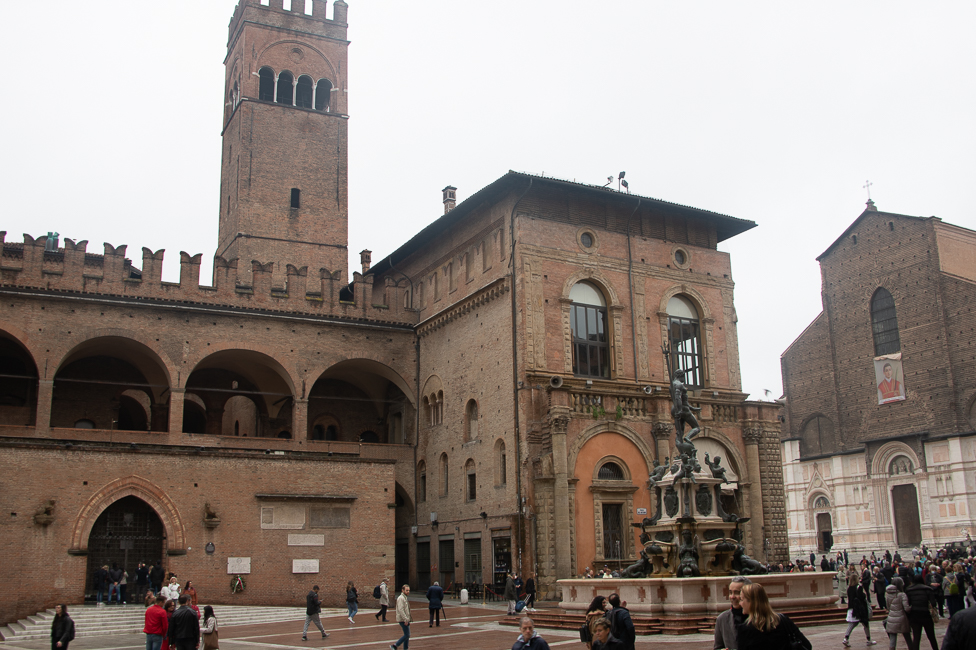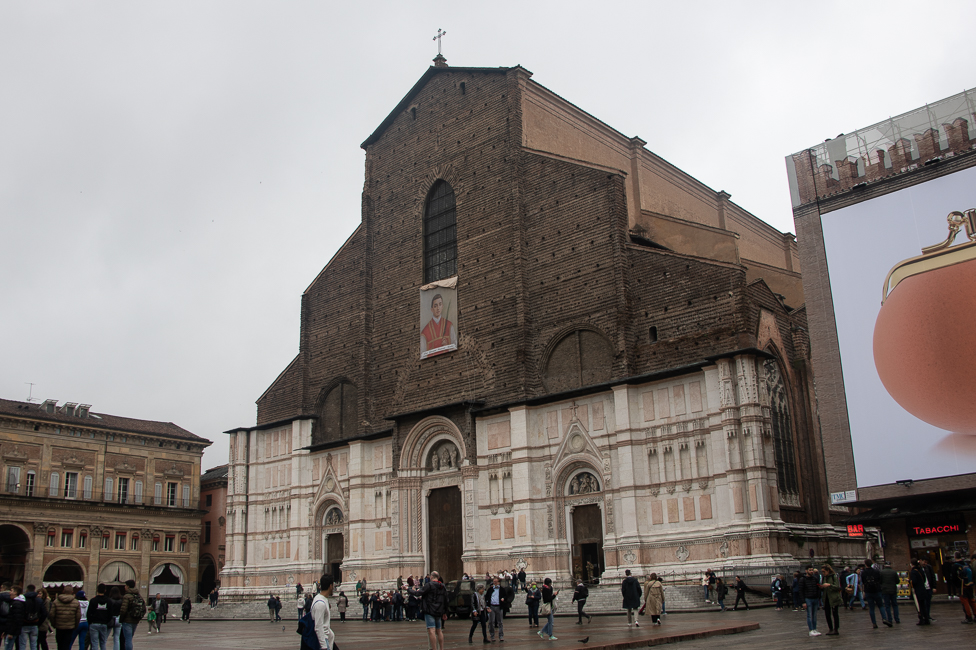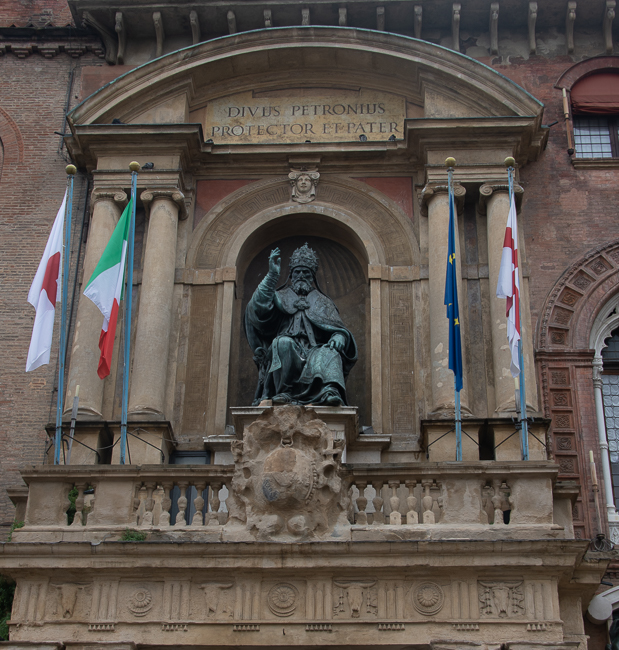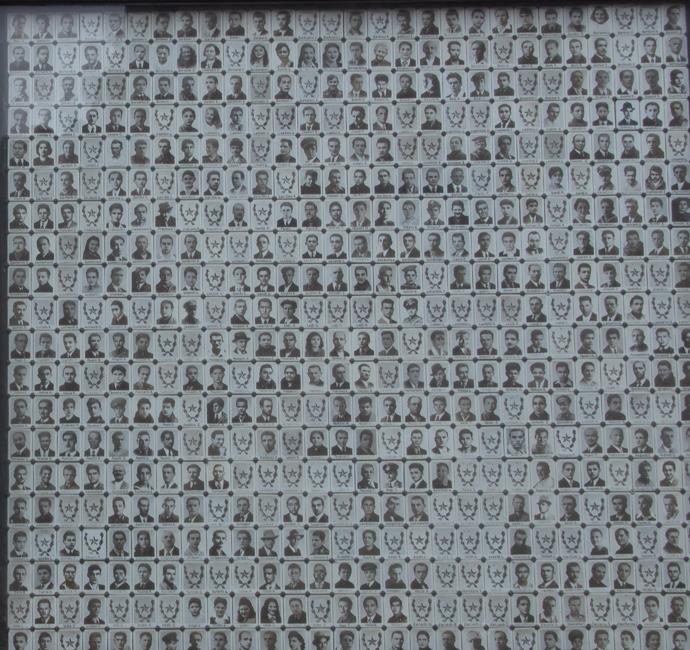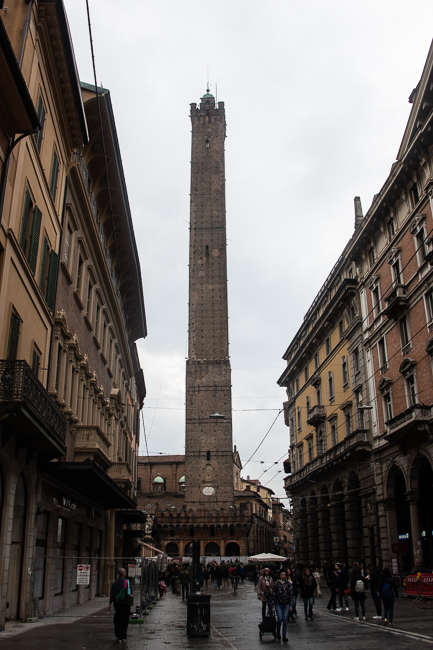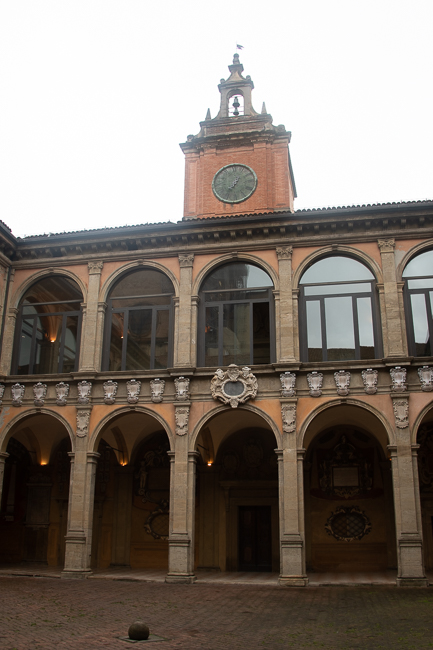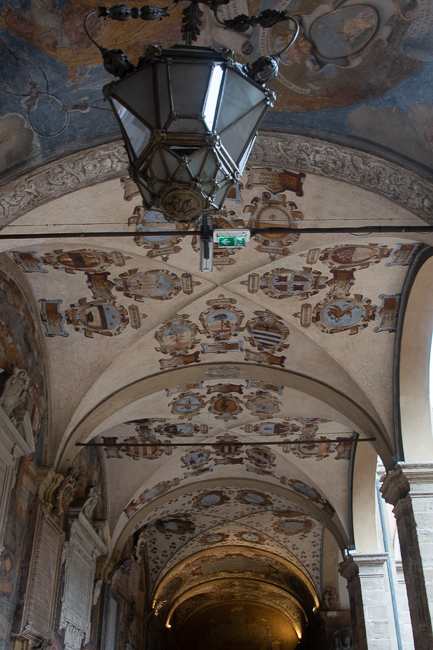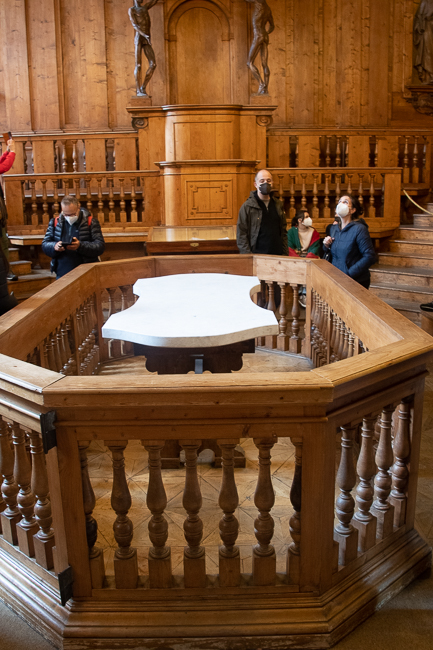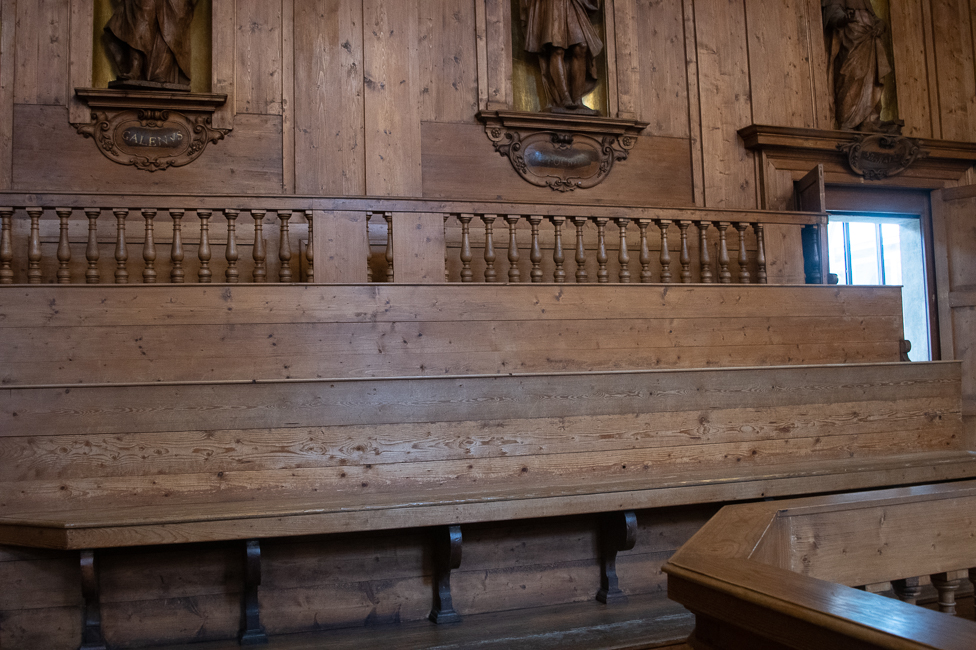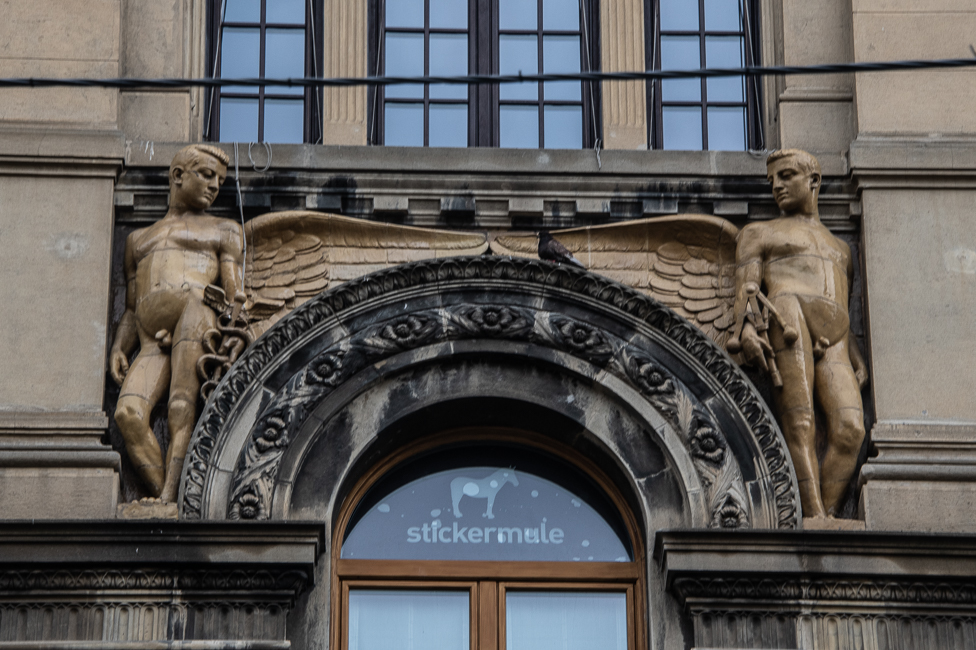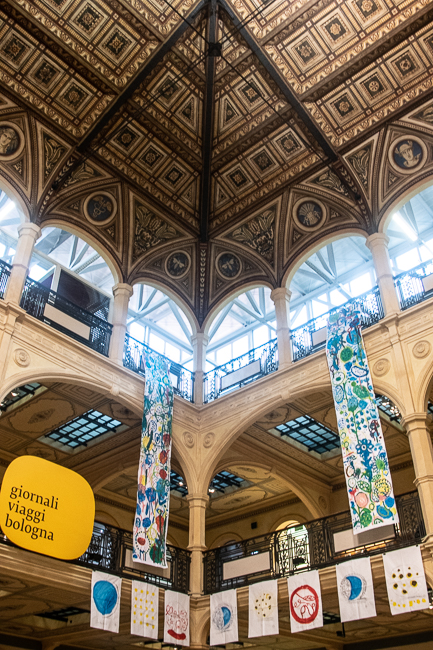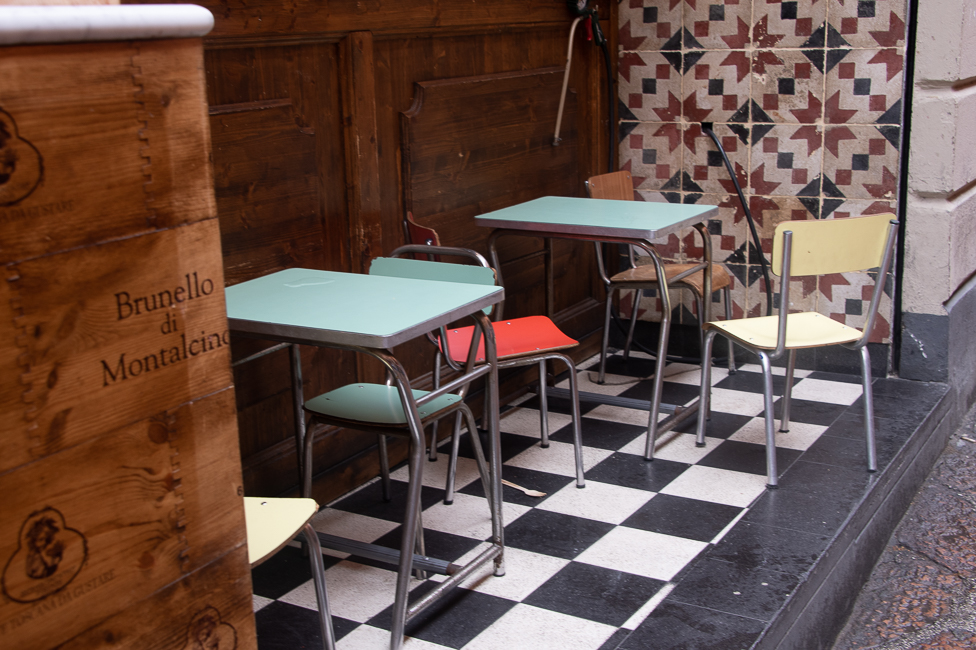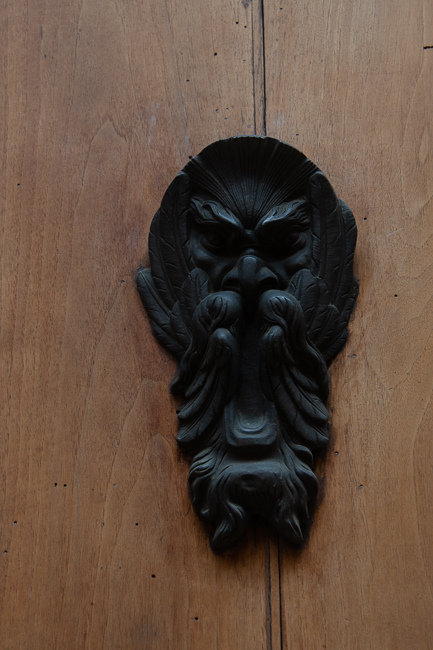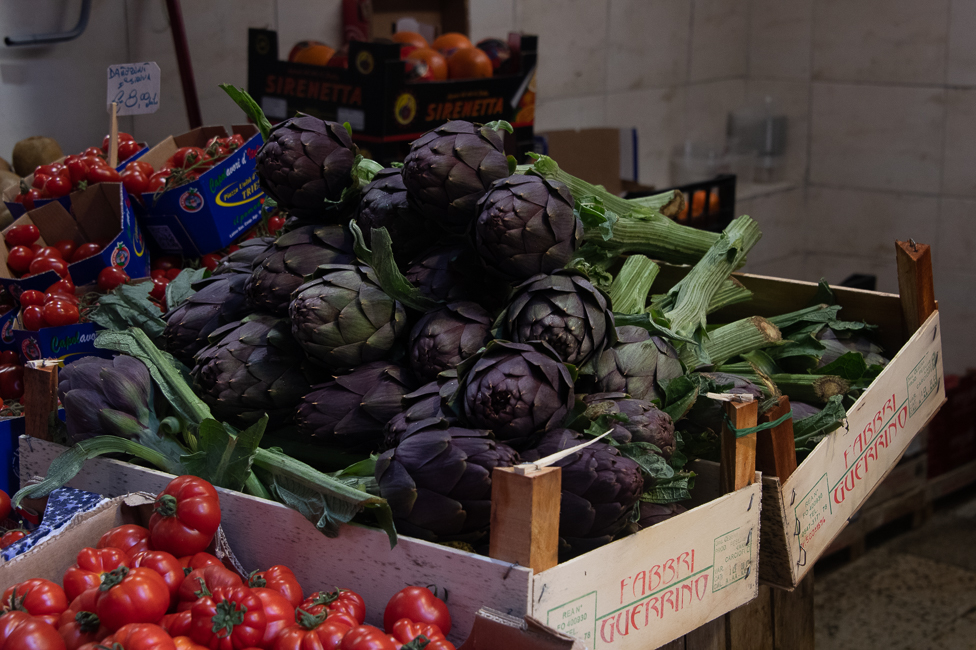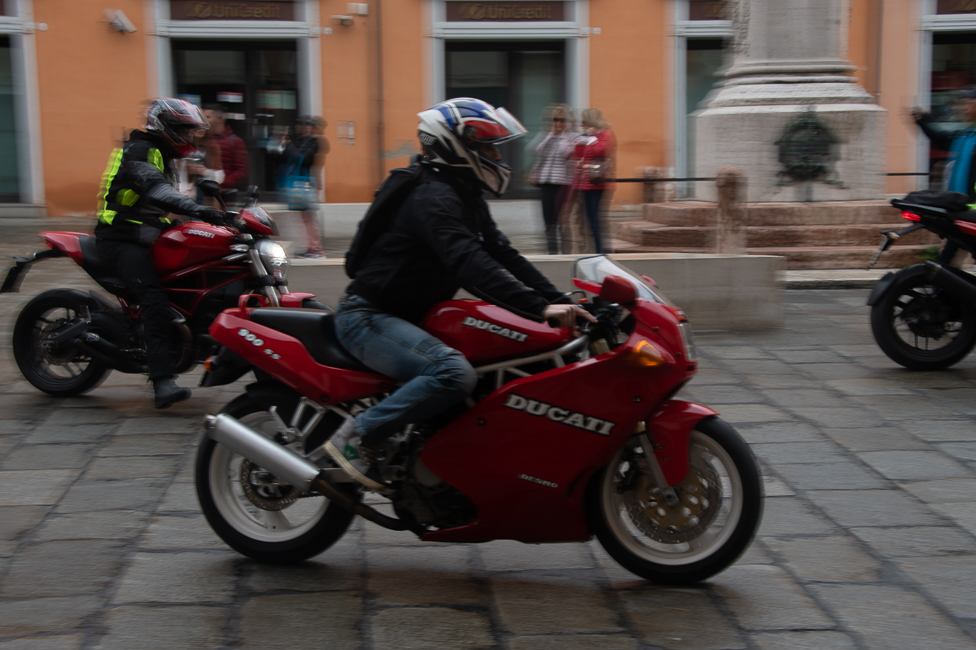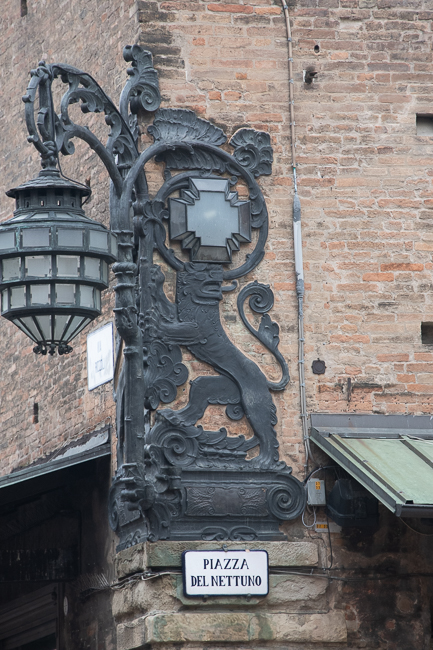May 2022
This is a whirlwind trip via train through Europe. While I am accustomed to slow travel, I am traveling with a special friend for a special reason and I have put myself in her capable hands. This was an eight hour day in Bologna, a lifetime would not be enough.
The lunch meat of America, one I could never stomach, Baloney has its origins in Bologna. In Bologna it is called Mortadella and is made exclusively from pork meat and pork neck fat, seasoned with black peppercorns, salt and myrtle berries. Boloney is made from any type of meat and contains black pepper, salt, myrtle berries, cloves, anise, caraway, coriander, marjoram, paprika, allspice and other spices in an attempt to reproduce the taste of mortadella. Now that we have that out of the way, let us move on to the glorious city of Bologna, Italy.
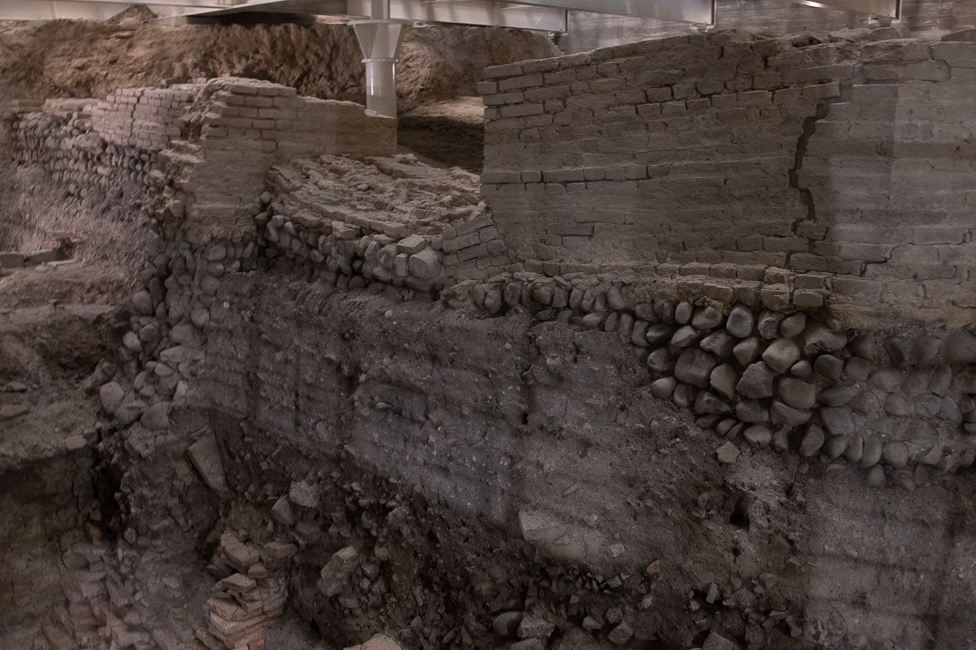
Under the Salabrosa Library ruins from the ancient city of Bononia, which dates back to 189 BCE as well as remnants of the Etruscan and Roman eras.
Beginning with the Etruscans, Bologna has been one of the most important urban centers for centuries, first for the Celts and then the Romans and then again in the Middle Ages when it was among the largest of European cities by population.
Bologna’s arcades are a UNESCO world heritage site. Originally made of wood, plaster and brick have taken over to prevent fires. The arcades, all 31 miles of them, are regulated. The height must correspond to be comfortable for a man, riding a horse, wearing a hat, to pass through. You will find the color red throughout Bologna. Bologna is known as the Fat, Red, and the Learn’d City due to its rich cuisine, red Spanish tiled rooftops, left wing politics, and being home to the oldest university in the western world.
Dominated by the statue of Neptune, Piazza Maggiore is one of the very first squares built in Italy after the fall of the Roman Empire. The square was built starting in the year 1200, when locals felt the need for a central market and a public meeting area. In the 15th century the square took on its present form thanks to the papacy.
Construction began on San Patronio in 1390 with the goal of becoming the largest church of the Christian world. The Pope was not happy with anything that might be larger than St. Peter’s in Rome and the project was abandoned. It is still one of the largest Catholic churches in the world.
Pope Gregorious XIII gave us the Gregorian calendar, the international calendar in use today, but I show you his statue for a different reason.
The statue was installed in 1580 during his pontificate and dominated the main square unchanged for two centuries. When Napoleon marched in and ended the rule of Papal States over Bologna, the populace was afraid the statue would be taken down, and melted into canon balls.
The city council had the bright idea of turning Gregorius XIII into Saint Petronius, the patron saint of Bologna. So, between 1796 and 1797, they added a miter and a crosier with the inscription above that reads, “Divus Petronius Protector et Pater” (“Saint Petronius Protector and Father”). In this form it survived the Napoleonic Wars and the unification of Italy. The statue was once again Pope Gregorious XIII in 1895 when all the modifications were removed, but as you can see, the inscription remained.
Also found in the square is a memorial to the fallen partisans of Bologna’s World War II-era resistance movement. Family members of partisans killed in the square whom were either hanged in the square or shot against this wall, began putting up photos of the dead, leaving flowers and funerary offerings. Eventually this impromptu memorial was placed behind glass, there are over 2,ooo men and women honored here.
*
Starting in the 12th century, around 40 miles of canals were dug to connect the city with the rivers Reno and Savena. The canals were used to drive water mills and were rumored to have done so for 15 large grain mills, operating through a series of artificial level changes and movable sluice gates. At one time Bologna was the most technologically advanced silk producing town utilizing water in production. Much of the canals have been rerouted into pipes and are no longer visible, but if you wander the streets a little outside of downtown, you can glimpse them here and there.
Between the 12th and the 13th century, Bologna was full of towers. Almost all the towers were tall defensive stone towers. The reasons for the construction of these towers is a bit of a mystery. One hypothesis is that the richest families used them for offensive/defensive purposes during the period of the Investiture Controversy (a power struggle between Pope Gregory VII and Henry IV i.e. between church and state).
In the building that houses the lovely square above is the Anatomical Theatre of the Archiginnasio.
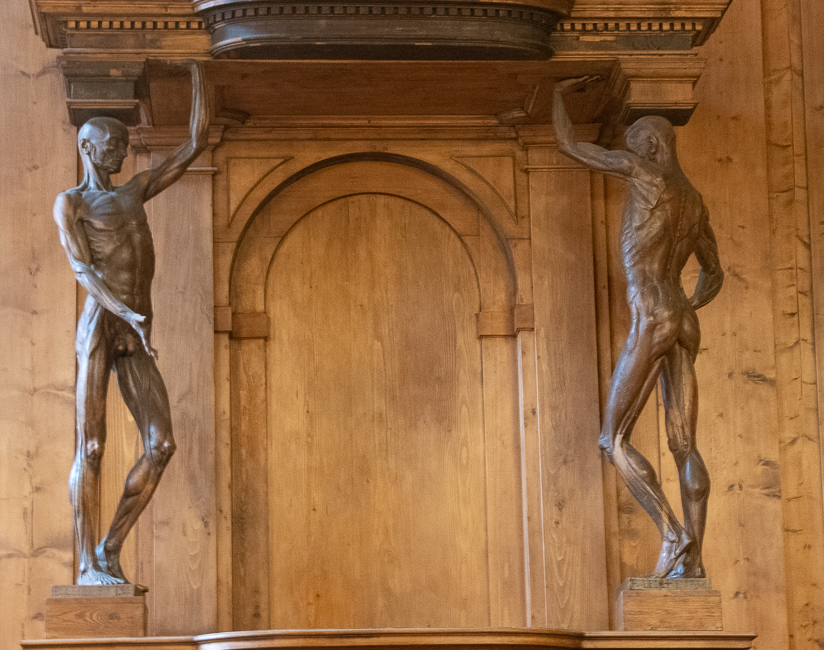
Inside the Anatomical Theatre of the Archiginnasio are two famous statues of the “Spellati” (skinned) are the work of the well-known artist of anatomical wax displays, Ercole Lelli.
The theater is completely carved from spruce. Started in 1636 and completed in 1737, it was heavily damaged during World War II. Fortunately it was painstakingly recreated using all of the original pieces recovered among the rubble of the building.
